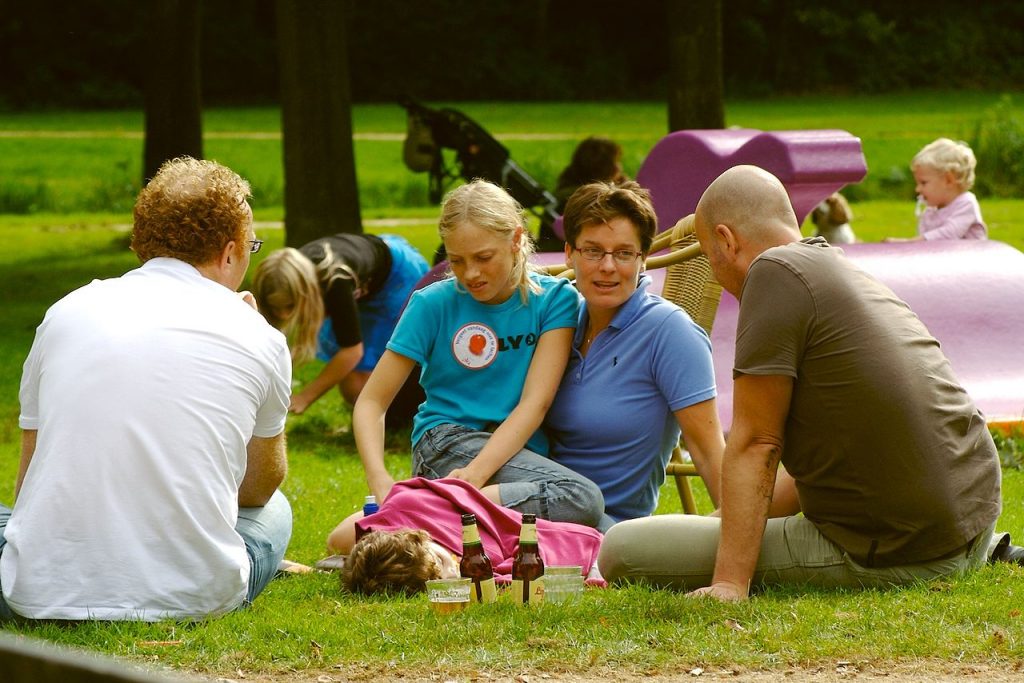135 Erikson’s Generativity vs. Stagnation
Martha Lally; Suzanne Valentine-French; and Dinesh Ramoo
According to Erikson (1982) generativity encompasses procreativity, productivity, and creativity. This stage includes the generation of new beings, new products, and new ideas, as well as self-generation concerned with further identity development. Erikson believed that the stage of generativity, during which one establishes a family and career, was the longest of all the stages. Individuals at midlife are primarily concerned with leaving a positive legacy of themselves, and according to Erikson (1950), parenthood is the primary generative type. Erikson understood that work and family relationships may be in conflict due to the obligations and responsibilities of each, but he believed it was overall a positive developmental time. In addition to being parents and working, Erikson also described individuals being involved in the community during this stage. A sense of stagnation occurs when one is not active in generative matters, however, stagnation can motivate a person to redirect energies into more meaningful activities.
Erikson identified “virtues” for each of his eight stages, and they refer to what the individual achieves when the stage is successfully reconciled. The virtue emerging when one achieves generativity is “care.” Erikson believed that those in middle adulthood should “take care of the persons, the products, and the ideas one has learned to care for” (Erikson, 1982, p. 67). Further, Erikson believed that the strengths gained from the six earlier stages are essential for the generational task of cultivating strength in the next generation. Erikson further argued that generativity occurred best after the individual had resolved issues of identity and intimacy (Peterson and Duncan, 2007).

Research has demonstrated that generative adults possess many positive characteristics, including good cultural knowledge and healthy adaptation to the world (Peterson and Duncan, 2007). Using the big five personality traits, generative women and men scored high on conscientiousness, extraversion, agreeableness, openness to experience, and low on neuroticism (de St. Aubin and McAdams, 1995; Peterson, Smirles, and Wentworth, 1997). Additionally, women scoring high in generativity at age fifty-two were rated high in positive personality characteristics, satisfaction with marriage and motherhood, and successful aging at age sixty-two (Peterson & Duncan, 2007). Similarly, men rated higher in generativity at midlife were associated with stronger global cognitive functioning (such as memory, attention, and calculation), stronger executive functioning (such as response inhibition, abstract thinking, and cognitive flexibility), and lower levels of depression in late adulthood (Malone, Liu, Vaillant, Rentz, and Waldinger, 2016).
Erikson (1982) indicated that at the end of this demanding stage, individuals may withdraw, as generativity is no longer expected in late adulthood. This releases elders from the task of caretaking or working. However, not feeling needed or challenged may result in stagnation, and consequently one should not fully withdraw from generative tasks as they enter Erikson’s last stage in late adulthood.
Media Attributions
- Figure 8 28 © Peter Theakston is licensed under a CC BY (Attribution) license

